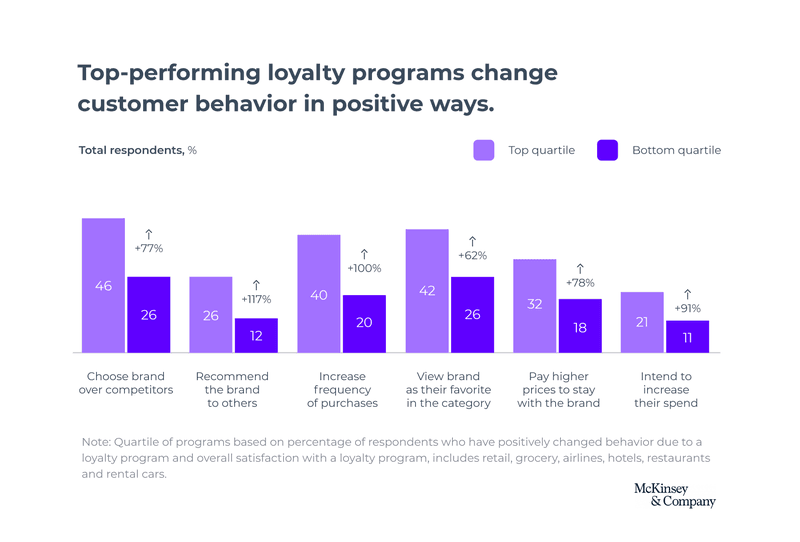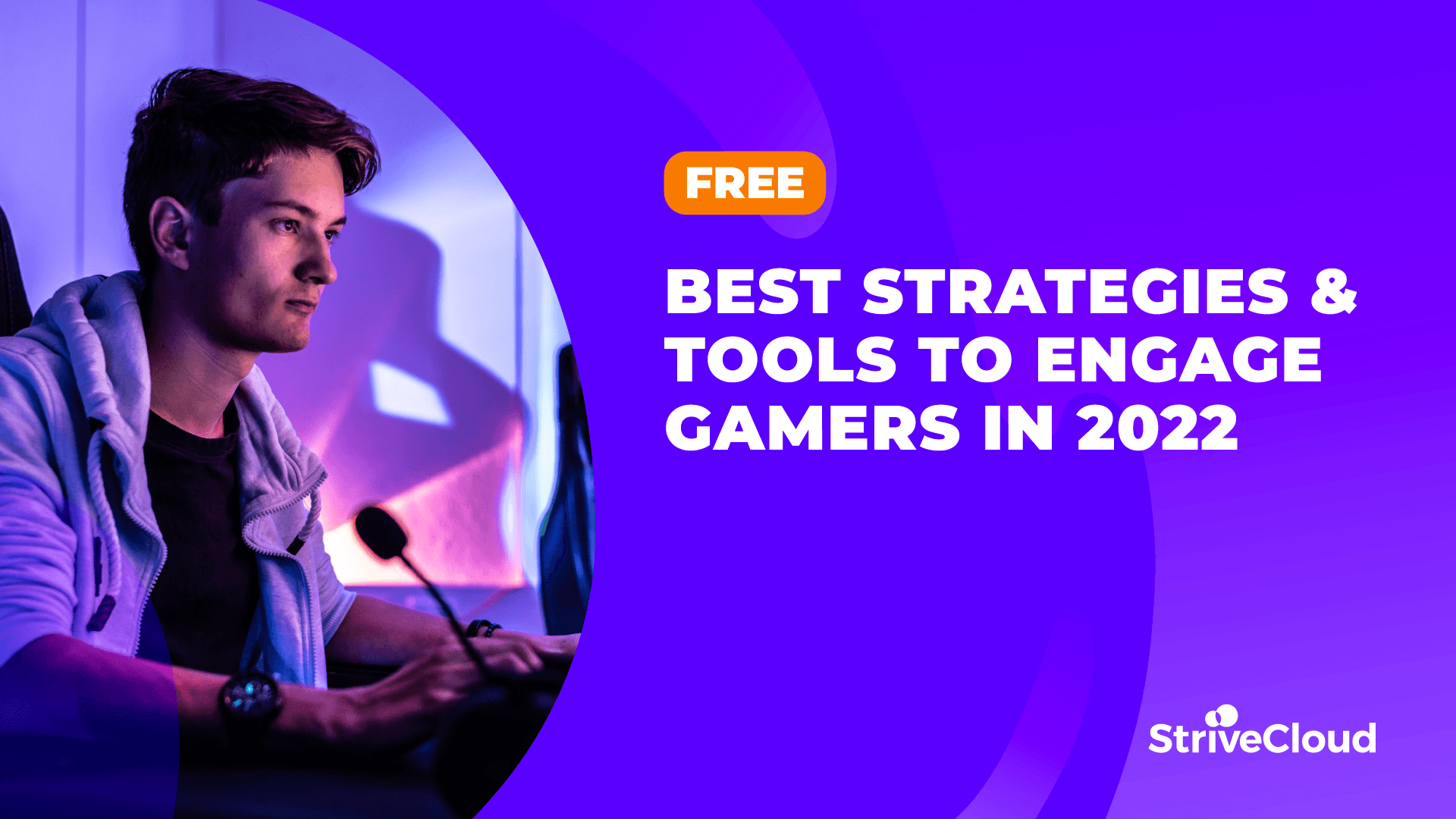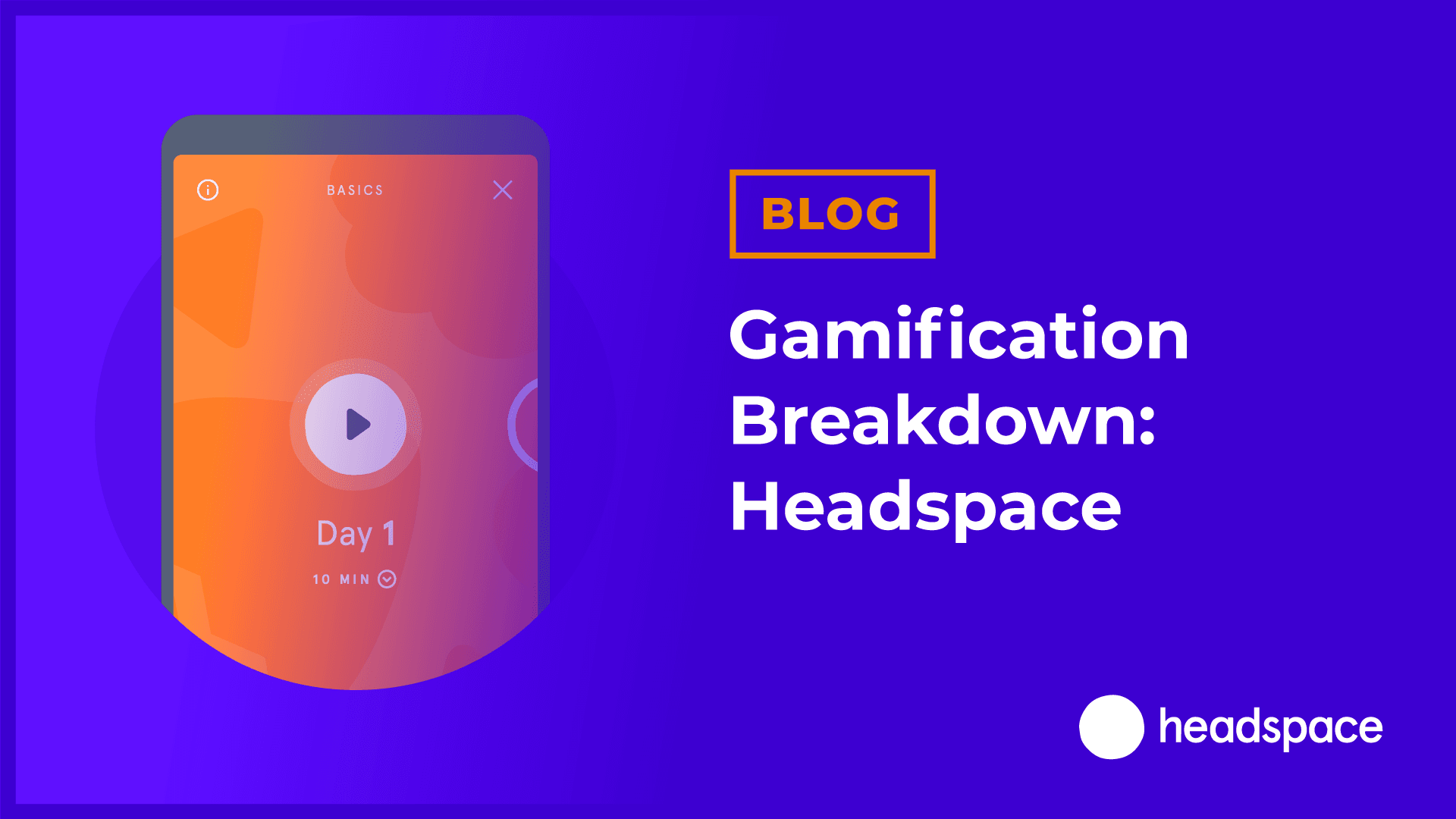

Why your fintech app needs a great loyalty system (and how to make one!)
Why your fintech app needs a great loyalty system (and how to make one!)

A well-designed loyalty system is crucial for user engagement and retention in modern fintech applications. If fintech companies want to scale user engagement, then they need a loyalty program optimized for mobile. Gone are loyalty cards in the wallet and receiving a coupon book in the post - today’s mobile world is all about innovation. What fintech apps today can do is use app gamification to motivate and boost user retention. If you make your app ‘sticky’, loyal customers will follow! As a bonus, this business model is easy to scale.
In the following article, let’s cover how app gamification can uplift a loyalty system for fintech that’s both cost-effective and highly scalable!
- Why a loyalty program is so important in fintech
- Where apps go wrong with loyalty programs
- 3 gamification features that improve user retention
- How app gamification can boost your fintech app
- Case study: the HumanForest loyalty system making London greener
- TLDR
Why a loyalty program is so important in fintech
There’s an old saying in business that says that it is more cost-effective to retain a customer than it is to convert a new one. Without a doubt, this adage on the importance of customer loyalty is as true today as when it was first said - research shows that loyalty leaders grow their revenues 2.5x as fast as their industry peers!

This chart illustrates that companies leading in customer loyalty experience significantly faster revenue growth compared to their peers. Loyalty programs typically reward users with points and discounts. By rewarding users for staying with you, you prove to them what their loyalty is worth. Remember, your customer’s lost loyalty is another company’s acquisition! A bank that offers a great sign-up deal might just poach a customer who sees no benefit from sticking with you.
An effective fintech loyalty program is possible - Revolut, for example, introduced a loyalty system that boosted transactions per user by 590%! But achieving user retention means giving users a real reason to stick around, which of course isn’t easy.
Want to increase loyalty like Revolut? Book a gamification workshop & go home with a roadmap tailored to your goals.
While the general app market has an annual retention rate of 35%, fintech is at 16% retention. Indeed, banking does better, but those benefits tend to be consolidated among a well-established group. In fintech, full of new challengers, high churn rate is influenced by bad loyalty programs that negatively affect user retention.

The data highlights the disparity in user retention rates between the general app market and the more challenging fintech sector.
Where apps go wrong with loyalty programs
Experts advise that the pitfalls of a bad loyalty system are far-reaching:
Account inactivity
Forbes notes that each inactive account can cost banks upwards of €100 a year.
Low redemption rates
Why put effort and money into creating loyalty perks, when redemption rates are low? Loyalty programs need to be influenced by regular user research to see what works.
High transaction costs
Suppose you choose to offer discounts in your loyalty program. Of course, they can work, but implemented poorly a 5% loyalty discount can lead to a 50% decrease in profits.
High system management costs
If your loyalty program isn’t scalable, you will be overspending on administration.
Low numbers of new and retained customers
When just a 5% jump in user retention can achieve a 95% uplift in revenue, repeat customers are critical to the success of your business. Bad design can push users away!
The most common design issues are that the loyalty program is too expensive, not scalable, or is simply implemented poorly. However, even if you solve those fundamental problems, there’s one more thing you might have overlooked.
A big reason behind failed loyalty programs is an overemphasis on extrinsic motivation at the expense of intrinsic motivation. In short, extrinsic motivational factors are simple, they are blunt things like the need for results, the rush of winning, or the fear of losing. But it is intrinsic motivation, extrinsic motivation’s complex and powerful brother, that leads to long-term user retention, and gamification is how you create it.
3 gamification features that improve user retention
Long-term user retention comes down to creating the right motivation - and extrinsic motivation can only go so far. Extrinsic drivers trigger initial engagement and are crucial for the discovery phase. But to create user retention, customers need a little bit more and that’s where gamification comes in. By using game-like elements, you incentivize user behavior and give people the additional push they need to engage with your app.
What is gamification and how does it work exactly? Find out all the details on our What Is Gamification? page!

Balancing intrinsic and extrinsic motivators is key to creating a loyalty program that fosters long-term user engagement. Take these three gamification features, for instance. See how both extrinsic and intrinsic motivators help develop a user loyalty program that makes customers more active and engaged:
#1 Progress bars
Progress bars and statistics are a popular gamification feature on fintech apps, often used to help users track their savings (or get insight into their spending behavior).
Extrinsic motivation: Users get to see their savings account pile up cash. It’s a great way of self-rewarding, without the bank or fintech companies having to give out expensive prices or discounts. Basically, users are rewarded through their own saving behavior!
Intrinsic motivation: Seeing a progress bar fill up creates a feeling of growth and achievement. Users are motivated to work towards a clear goal, and even more so when they get to see the progress they’re making towards it! The farther users come to reaching their goal, the more motivated they will be to persist and thus stay active on your app.
#2 Challenges
Challenges are another powerful app gamification feature that fintech can use to activate its users. European bank OTP Banka Hrvatska, for instance, used challenges to motivate its users to complete a series of short product education videos.
Extrinsic motivation: Challenges prompt users to take action by setting a clear goal and sometimes adding a reward to it. Think of all the “30 days of doing X” challenges. The reward doesn’t have to be monetary, and can also just be achieving a set goal such as “increase your financial literacy”.
Intrinsic motivation: Users are driven by a desire to achieve a certain goal. As they complete more challenges, they’ll also feel a sense of personal progress and growth, which will only fuel their motivation more.
#3 Contextual notifications
Contextual notifications help users move forward in your app. Let’s say a user has a goal of saving a fixed amount per week, but continuously crosses the line. You might help them achieve their goal by sending a quick reminder. The same applies vice versa: a quick “good job” message can be a great way to reinforce positive user behavior and keep the user coming back.
Extrinsic motivation: notifications always make the next step clear to users. It helps them to stay focused and achieve their goals faster on your app.
Intrinsic motivation: notifications provide instant feedback to users, and can positively reinforce them to continue on the right path, or quickly help them learn and adjust.
How app gamification can boost your fintech app
Knowing what gamification is, represents just one part of the journey - you also need to know how to implement your desired features in your loyalty program! They need to work together, be consistent with your platform, and be easily adjustable to the customer feedback you’ll get upon release. The solution to those necessities is a building blocks system.
This is an app development method that’s flexible, malleable, and intuitive to use - simply drag, drop, and adjust the blocks into your app’s inner workings and the possibilities are endless. To learn more about the StriveCloud building blocks app gamification that can power your app, read our blog post on how exactly it works.
Case study: the HumanForest loyalty program making London greener
HumanForest is a London-based shared mobility company with the aim of making transportation emission-free! The app successfully promotes ecological behavior using the building blocks from StriveCloud. We helped the HumanForest team develop a gamification strategy based on their goals. By leveraging our app gamification building blocks, they spiced up the user and brand experience. This method even articulated their brand mission.
These are a few features that have transformed the HumanForest loyalty system:
An in-game currency that incentivizes green transportation
Using building blocks allows HumanForest to introduce elements one by one, and the in-game currency was one of the first that HumanForest decided to integrate. HumanForest’s TreeCoins are unique in that they represent how many trees worth of CO2 you have saved by riding an e-bike! This visualization makes the currency feel much more tangible – and in turn a more valuable achievement.
Leaderboards that rank how many trees users have saved
HumanForest ranks every user in the community, based on the TreeCoins they’ve collected. Needless to say, this makes users feel more motivated! The sense of competition in the customer community motivates users to participate. The genius of using building blocks is how easy it is to implement new features like the leaderboard that complement existing ones like the TreeCoins. As a result of this strategy, the user benefits from a consistent and streamlined user experience.

The results for HumanForest? Success! An amazing 35,000 Londoners are using the platform to make their travel greener – benefitting themselves, the city, and the planet. In view of their achievements, HumanForest is valued at an exciting €37.7 million, and their satisfying user experience promises to make the app a major player in the e-bike/mobility market across Europe.
TLDR
- Research shows that loyalty leaders grow revenues 2.5x as fast as their peers.
- App gamification can guide the journey in optimizing your platform.
- Revolut’s loyalty program introduced a gamified discount that boosted transactions per user by 590%!
- But that success is rare - fintech has under half the average app user retention.
- Bad loyalty programs can result in costly account inactivity, wasteful low redemption rates, and high transaction & management costs!
- Gamification improves your loyalty system by providing intrinsic motivation.
- Intrinsic drivers are crucial for long-term user retention & loyalty.
- You can create both extrinsic and intrinsic motivation with gamification features such as progress bars, challenges, and contextual notifications.
- An easy and flexible way to implement these features is with in-app gamification building blocks such as the one by StriveCloud.
- HumanForest has used our app gamification to succeed - creating a loyal community of 35,000 across London alone
Looking to drive user motivation on your app? Discover our app gamification building blocks!
Related Posts

Top 7 tools to engage gamers in 2022 (and supercharge your gaming marketing)
Soon gamers will make up for the majority of the working population. This means that the success of your gaming marketing has never been more important! From picking the right gaming tournament platform to knowing when to use which social media tools. These are the strategies & tools you need!

4 gamification features that make Headspace worth it (according to 2 million users)
Almost 1 in 4 people in the UK use Headspace! What makes this wellness app such a phenomenon that companies like Google and Starbucks trust it to look after their employees? In this article, we'll analyze how Headspace leveraged gamification to secure its position as the number one mediation app.

